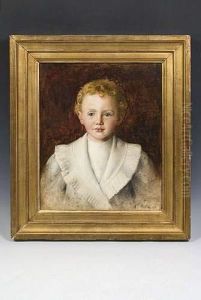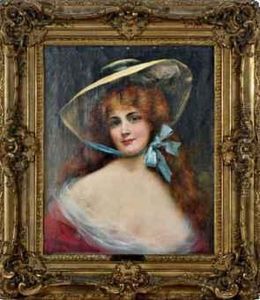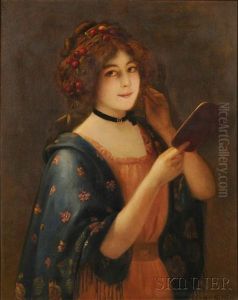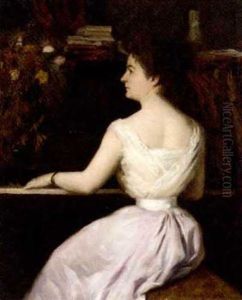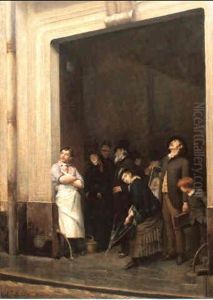Auguste Emile Bellet Paintings
Auguste Emile Bellet, also known as Emile Bellet, was a French artist who was born on March 14, 1869, in L'Hôpital, a small town in the Moselle department of France. His artistic talent became evident at an early age, and he pursued his passion for art throughout his life, though he remains a relatively obscure figure in the history of art, with limited documentation available about his personal life and career.
Bellet's artistic style was influenced by the Post-Impressionist movement, which followed on the heels of Impressionism and included artists such as Vincent van Gogh, Paul Cézanne, and Paul Gauguin. Post-Impressionists continued to use vivid colors, thick paint application, and real-life subject matter, but they were more inclined to emphasize geometric forms, distort form for expressive effect, and use unnatural or arbitrary color.
Having lived in a period that was rich with artistic innovation, Emile Bellet would have been exposed to the developments of art in France during a transformative and vibrant era. Unfortunately, specific details about his education, exhibitions, and the scope of his work are not well-documented.
Bellet's career was cut short when he passed away in 1911 at the age of 42. Due to his relatively brief career and the limited availability of his works, his influence on the art world may not be as prominent as that of his contemporaries. Nonetheless, for those who appreciate his art, his contributions to the Post-Impressionist movement are appreciated, even if they are lesser-known.
Today, Emile Bellet's works are of interest to collectors who are passionate about French Post-Impressionist art. His paintings, when they do surface, provide a glimpse into the artist's personal interpretation of the world around him, reflecting the broader artistic movements of his time. However, due to the scant records, any collector or historian looking to understand Bellet's full impact on the art world faces a challenging task.


